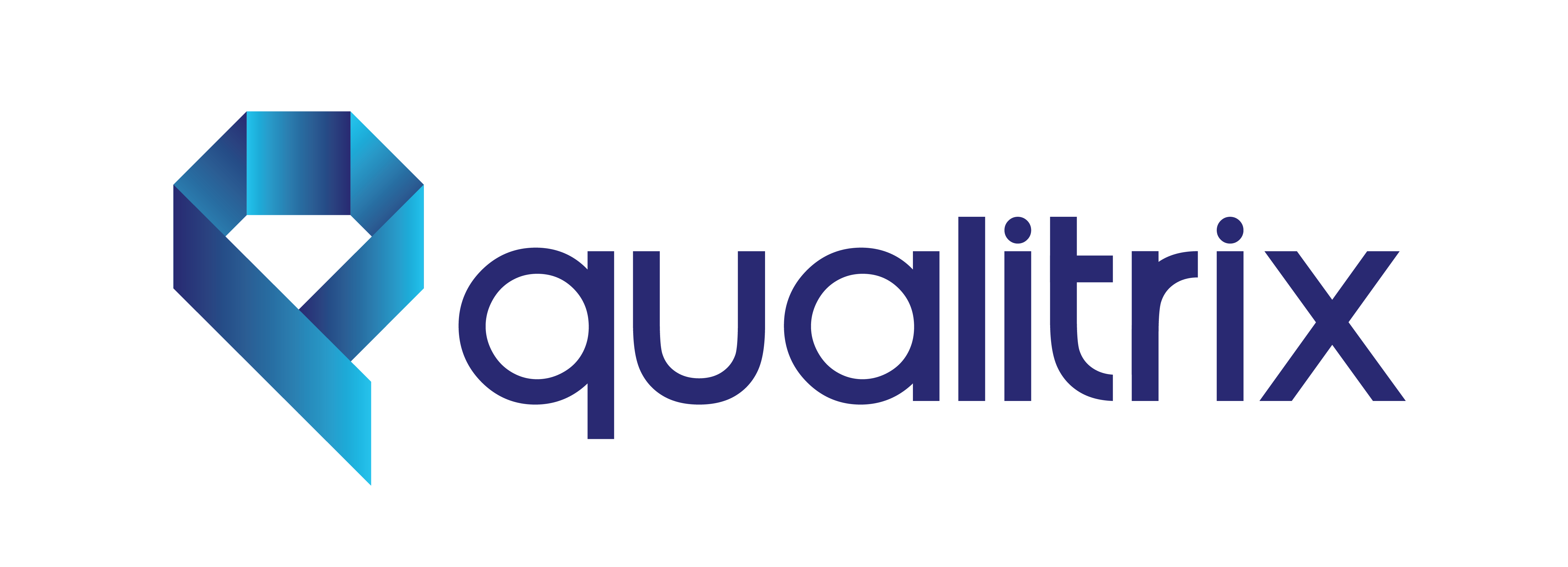Introduction
In the dynamic world of software development, the significance of Test Automation and Quality Assurance (QA) cannot be overstated. As technology continues its rapid evolution, so does the landscape of testing methodologies and tools. This blog serves as an in-depth exploration of the latest trends and tools in Test Automation and QA, shedding light on how these advancements are reshaping the testing paradigm.
Latest Trends in Test Automation and QA
1. Shift-Left Testing: Integrating Testing into Development
Trend: Shift-Left Testing involves moving testing activities earlier in the software development lifecycle.
Significance: By incorporating testing into the development process from the outset, organizations can identify and address issues at an early stage. This approach encourages collaboration between developers and testers, fostering a culture of continuous improvement and rapid feedback loops.
2. AI and Machine Learning in Testing: Smarter Testing
Trend: The integration of AI and machine learning for intelligent and automated testing.
Significance: AI and ML are transforming the testing landscape by automating test case generation, predicting potential issues, and optimizing testing processes. These technologies enhance efficiency, accuracy, and the ability to handle complex test scenarios, marking a significant shift in how testing is approached.
3. Continuous Testing: A Seamless Integration into the Development Pipeline
Trend: Continuous Testing involves testing throughout the development lifecycle, seamlessly integrated into continuous integration and continuous delivery (CI/CD) pipelines.
Significance: Continuous Testing ensures that every code change is rigorously tested, leading to faster feedback, quicker bug identification, and a more reliable release process. This trend aligns with the broader industry shift towards agile and DevOps methodologies.
4. Shift-Right and Testing in Production: Extending Testing Horizons
Trend: Shift-Right Testing involves extending testing into the production environment.
Significance: By monitoring and testing applications in real-world scenarios post-deployment, teams can identify issues that may only arise in production. This approach enables faster bug resolution and a more responsive approach to user feedback, contributing to a more robust testing strategy.
5. API Testing and Microservices Architecture: Adapting to Modern Architectures
Trend: Emphasizing API testing and adapting to microservices architecture.
Significance: With the rise of microservices, API testing has become increasingly important. Testing at the API level ensures the seamless integration of microservices, providing a more comprehensive understanding of system behavior and improving overall system reliability.
Latest Tools in Test Automation and QA
1. Selenium 4: Evolution of a Testing Powerhouse
Tool: Selenium WebDriver 4.0
Features: Improved W3C WebDriver support, enhanced relative locators, and better support for Chrome DevTools Protocol.
Significance: Selenium has been a cornerstone in test automation, and version 4.0 brings significant improvements, making it more robust and compatible with modern web development practices. Enhanced features cater to the evolving needs of testers in a rapidly changing technological landscape.
2. Cypress: Revolutionizing Front-End Testing
Tool: Cypress
Features: Real-time reloading, time-travel debugging, and automatic waits.
Significance: Cypress has gained popularity for its fast execution, real-time feedback, and ease of use. With features like time-travel debugging, it addresses the challenges of front-end testing in modern web applications, providing developers and testers with a powerful tool for ensuring application reliability.
3. Katalon Studio: A Comprehensive Testing Solution
Tool: Katalon Studio
Features: Cross-browser testing, mobile testing, and built-in integrations with popular CI/CD tools.
Significance: Katalon Studio is an all-in-one testing solution, catering to web, API, and mobile testing needs. Its cross-browser testing capabilities and seamless integrations make it a go-to choice for organizations seeking a comprehensive testing solution that spans multiple testing domains.
4. TestProject: Codeless Automation with Advanced Capabilities
Tool: TestProject
Features: AI-driven testing, codeless automation, and built-in integrations.
Significance: TestProject simplifies test automation with a codeless approach while providing advanced capabilities powered by AI. Its flexibility makes it suitable for both novice and experienced testers, offering a collaborative environment for creating and managing test automation projects.
5. Applitools: Visual AI Testing for Enhanced Reliability
Tool: Applitools
Features: Visual AI testing, automated visual testing, and integrations with popular testing frameworks.
Significance: Applitools focuses on visual testing, leveraging AI to identify visual bugs and inconsistencies across different platforms, browsers, and devices. Its automated visual testing capabilities enhance the reliability of applications by ensuring consistent visual elements across various environments.
6. Postman: Streamlining API Testing Workflows
Tool: Postman
Features: API testing, collaboration features, and automated testing workflows.
Significance: Postman is a comprehensive tool for API testing, allowing teams to streamline the testing of RESTful APIs and collaborate on testing workflows. Its user-friendly interface and robust feature set make it a preferred choice for organizations emphasizing API-driven development.
Conclusion
In conclusion, the landscape of Test Automation and QA is evolving at a rapid pace, driven by technological advancements and the ever-changing needs of the industry. Embracing these latest trends and tools is crucial for organizations striving to deliver high-quality, resilient, and user-friendly software. Whether it’s the cultural shift towards Shift-Left Testing, the integration of AI and machine learning for smarter testing, or the adoption of cutting-edge testing tools like Selenium 4, Cypress, Katalon Studio, TestProject, Applitools, and Postman, staying abreast of these trends and tools empowers development teams to navigate the future of Test Automation and QA with confidence and excellence. As organizations continue to innovate and adapt, the synergy between these trends and tools will undoubtedly pave the way for a new era of software development marked by efficiency, reliability, and user satisfaction.

